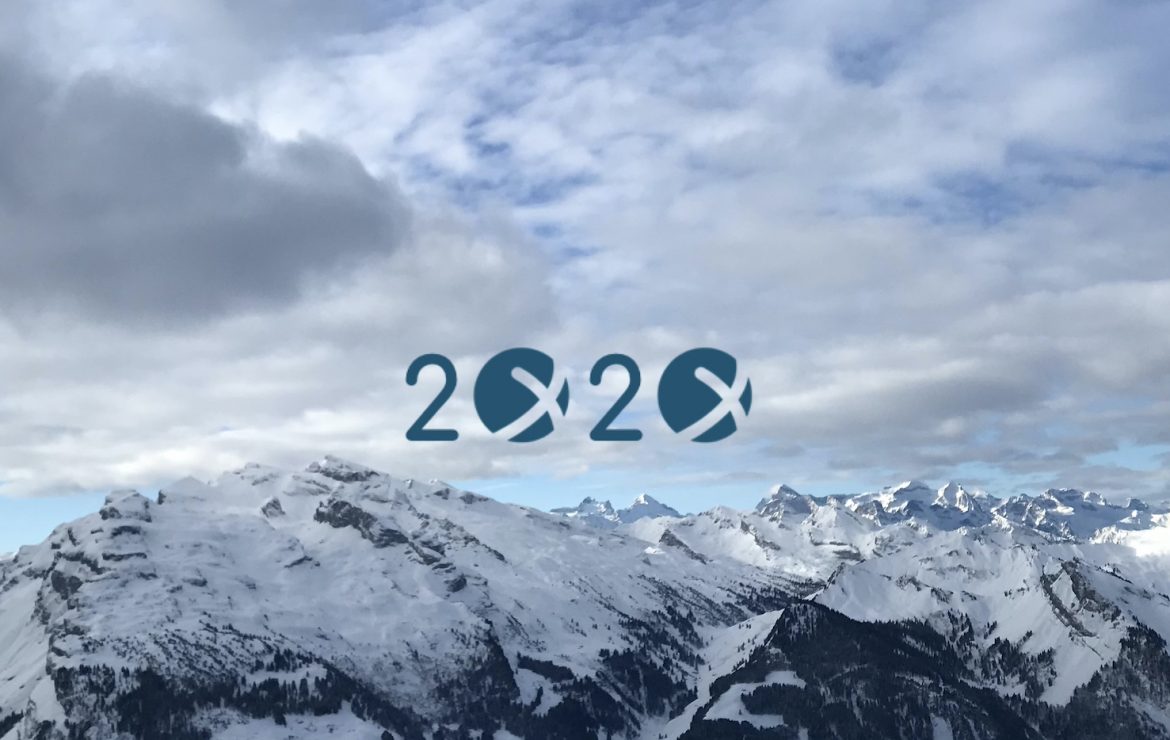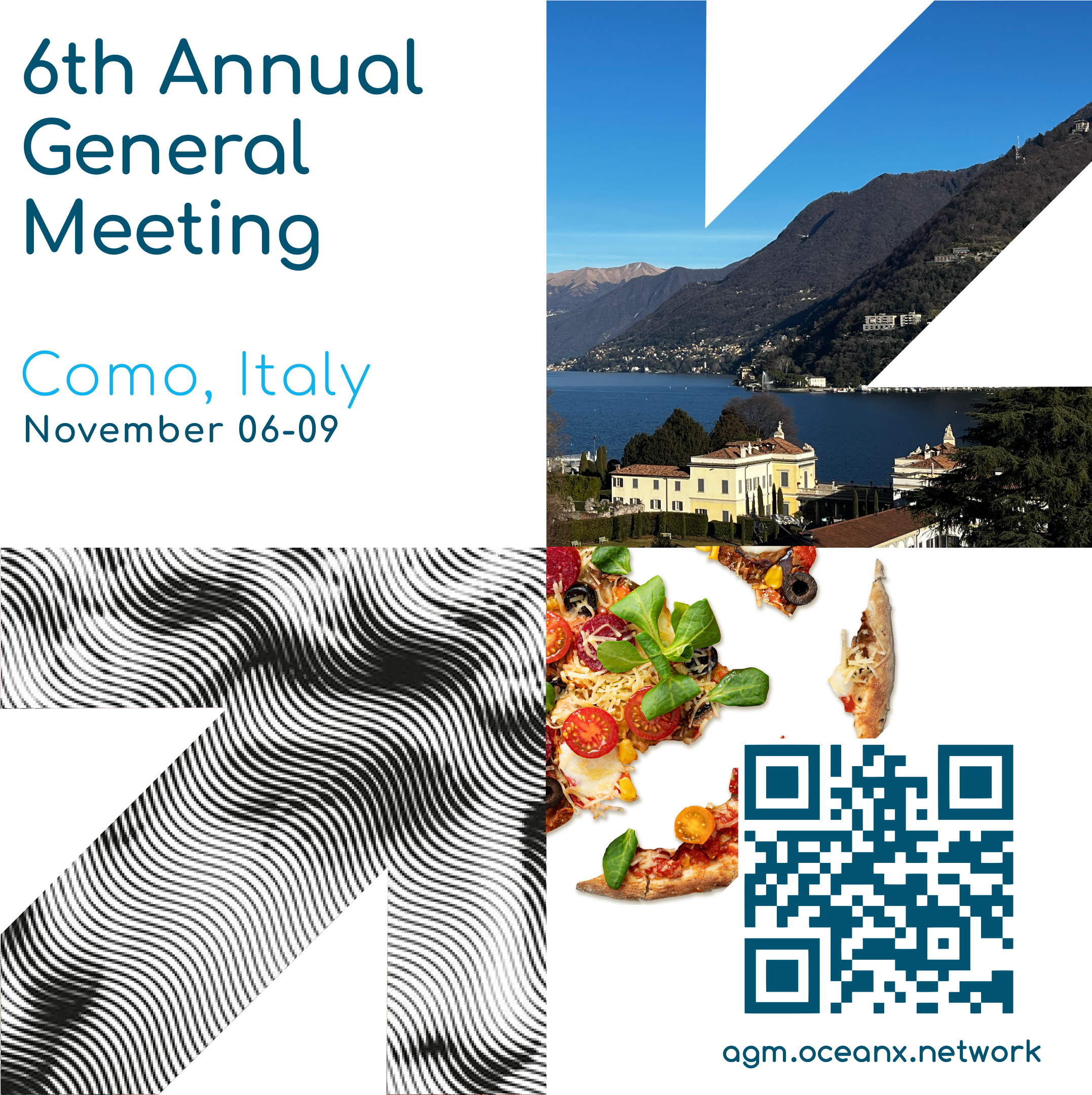
OceanX 2020 Outlook
Following a turbulent year 2019, what can we expect for the new year to bring at the dawn of this new decade? Several members have asked us for a summary of market views for 2020 and our own projections for the new year, this is what we have attempted to provide with below.
Global economic outlook
While forecasts of gross domestic product for 2020 are still varying widely, the tendency is becoming a bit more positive as we move to the close of the year and several uncertainties seem to become resolved.
In October, the international monetary fund, still projected 2020 global GDP growth at 3.5% thus slightly increasing, despite at that time there being still more uncertainty on US-China trade war and Brexit.
China GDP estimates vary between 5.5 to 5.8, depending on the various sources, for the first time below 6%, however also with a much larger base amount underlying the percentage figure (e.g. still a lot more than 8% in 2012).
The US economy is forecasted to grow between 1.3% and 2.1%, with numbers in recent days, more on the higher side and positive.
For the European Union, where some countries came dangerously close to recession in 2019 (e.g. Germany and Italy) the consensus is around 0.5 to 0.9% growth only, despite the EU’s own estimate was still at 1.4% in autumn.
Commodity markets are expected to continue their weakness for at least the first half of 2020, with improvements expected for the second half. Global inflation will remain at a low level, with Europe and other areas continuing to experience negative interest rates.
Container Shipping Market
Unfortunately, the times when global GDP translated to container shipping growth with a multiplier of 3.4 like in the 1990 or even still 2.6 in the 2000’s, are over and following the financial crisis, the multiplier has gradually moved towards parity.
Latest estimates of Drewry from November 2019, still project a market growth of 4% in 2020 and supply development slightly below that for the container shipping market. Thus in terms of container throughput an increase from their last 2019 forecast of 2.9%.
On the supply side, the busy activity on scrubber retrofits (which currently still takes 5-10 weeks) and the resulting increase on the inactive fleet, should be favourable for the supply/demand situation.
Carrier’s financials have seen improvements in Q3 2019, thanks to lower fuel costs, with Alphaliner reporting average operating margin up to +3.6%, however overall financial situation of lines does remain dire with only half of the quarters in the past 4 years actually within positive territory for operating margin at all. Therefore, Fitch still remains negative on their outlook for the shipping industry overall.
In the end, there might be more uncertainty, smaller numbers and a shift in trade lanes, but we are still not at peak container, growth is expected to stay around with annual average for the next 5 years projected around 3.4%, by UNCTAD.
Main Tradelanes / Asia-Europe
The relatively weak European economy will certainly influence growth prospects on the 22 million TEU tradelane.
Supply growth on the lane will continue, with for example HMM joining „The Alliance“ in April 2020, just in time when it expects delivery of 12 x 23,000 TEU vessels.
MDS Transmodal at Intermodal in Hamburg this November, projected a more positive picture for the Mediterranean lanes utilisation levels than for the Hamburg – LeHavre range, as supply increases there are expected to outpace demand growth in 2020.
Main Tradelanes / Transpacific
Transpacific trade remains strongly influenced by the China-US trade conflict. In particular the second half of 2019 declined compared to 2018, which had seen increasing volumes based on the tariff rush back then and thus 2019 might be the first year where this tradelane has actually contracted. However, with further escalations currently stopped, based on the content of the still not really final phase one deal, as well as China’s further opening up by end of 2019 announcing the reduction of import tariffs on 859 items as from January 2020, indicate a more positive outlook.
Main Tradelanes / Transatlantic
As per Drewry, after rising 5.4% in the first half of 2019, westbound Transatlantic carryings only managed to grow by 0.5% in 3Q19. While at slightly below 9 million TEU, constituting less than half the size of each of the aforementioned trade lanes, transatlantic has remained healthy in recent years. However any additional loop can impact the supply/demand balance significantly and with east coast ports, increasing becoming ready for larger ships (Miami had just welcome the CMA CGM Magellan with 13,000+ TEU), cascading in of larger vessels might be on the horizon.
IMO 2020
New environmental regulations and the transition to their implementation effective January 1st, continue to impact the industry. Carrier’s applied surcharges for the higher fuel cost and the transition cost, vary greatly. The choice of solutions remains simple: buy higher quality fuels (low sulphur or diesel), gradually switch towards LNG/alternate energy or install exhaust cleaning systems, i.e. scrubbers. Each option results in higher cost, be it for operating or as a capital investment, which in the case of scrubber installation also means several weeks where the carrier can not use the asset. Most carriers have opted for a mix of the available solutions. With different percentages for the mix of each liner, plus a variety in fleet size and calculation model, the charges they levy, have big differences.
Lastly, the demand for certain types of fuel is changing, due to the new regulations and the commodity markets are still adjusting to these demand changes, which are also expected to impact consumers markets (gas, petrol and diesel prices). Thus it is expected that fluctuations will be around for the initial months of the year, until things have settled. Key fact for a all players and customers remains, that the new regulations are positive for the environment and thus for all of us. Making the industry cleaner comes at a price, but with fuel rates having dropped in the second half of 2019, the bottom line impact for customers, will not be that high. Most estimates project rate increases in 2020 of roughly 6.5% with 3% based on IMO 2020 impact. While however, this still means that carriers will only be able to recover around 75% of the cost increases.
Incoterms 2020
As per January 1st, the International Chamber of Commerce’s Incoterms 2020 are coming into effect, with some changes and simplifications. Make sure your teams are aware and your customers are informed.
Digitalisation
2019 has finally seen carriers becoming active participants in the online sales of shipping services, with Maersk Spot and Hapag Lloyd Quick Quotes at the forefront, but also the online portals of OOCL and CMA CGM allowing instant quotation. Dynamic pricing is definitely here to stay and expected to expand further, with hopefully more carriers understanding the benefits of API’s and enabling direct integration of their pricing tools into forwarders and NVOCCs systems, significantly reducing the time wasted for re-inputting data and speeding up the quotation and pricing process across the industry. This however will also continue to increase the pressure on all market players to further improve efficiency, throughout the process chain, while adding value through improved customer experiences and more complex service offerings, solving more of their customers challenges.
Closing note
No doubt, 2020 will be another exciting year ahead for the industry. Uncertainties remain, challenges are a given, but we are optimistic for those market players that have prepared, are on top of their efficiency game, who listen to their customers and continue to focus on adding value.
As OceanX, we are looking forward to an exciting 2020, supporting our members across many of those challenges ahead.
We will be starting with a busy Q1, where our Mobile App is rolling out, several new members are onboarding and our team is growing.
We will be part of Fruit Logistica’s Logistics HUB in February, attending CTL/Transport Logistics India and bring members together at the start of Intermodal South America in Sao Paulo this March.
Happy New Year Everyone!
References:
https://www.bloomberg.com/news/articles/2019-12-16/cargo-ship-data-offer-real-time-pulse-of-global-trade-imf-says
https://www.joc.com/webcast/global-shipping-outlook-what-will-2020-hold
“https://www.hellenicshippingnews.com/fitchratings-maintains-negative-2020-outlook-on-shipping-as-tighter-supply-helps-but-softer-demand-drags/
“https://www.morethanshipping.com/what-to-expect-from-the-2020-ocean-freight-market/
“https://nowthatslogistics.com/ocean-freight-outlook-whats-ahead-for-2020/
https://safety4sea.com/wp-content/uploads/2019/03/AlixPartners-2019-Global-Container-Shipping-Outlook-2019_03.pdf
https://www.ubs.com/global/en/wealth-management/chief-investment-office/market-insights/2019/year-ahead.html
https://ec.europa.eu/info/sites/info/files/economy-finance/ecfin_forecast_autumn_2019_overview_en.pdf
https://ihsmarkit.com/research-analysis/top-10-economic-predictions-for-2020.html
https://unctad.org/en/PublicationsLibrary/rmt2019_en.pdf
https://www.intermodal-events.com/en/conference/download-conference-presentations.html
About OceanX
OceanX is a non – exclusive global network of leading ocean freight providers and NVOCCs dedicated to delivering bespoke innovative solutions, in particular on FCL services, LCL consolidation, dangerous goods and chemical logistics, temperature control, as well as project cargo handling.



